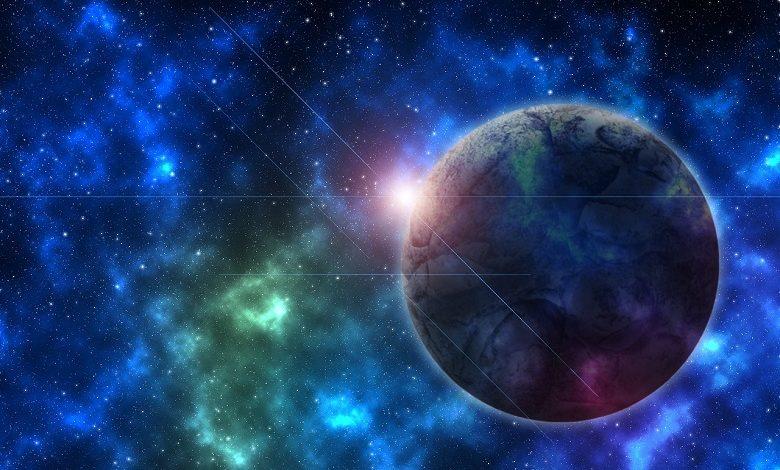The planet that was discovered and disappeared

It has been more than a decade since the Hubble Space Telescope discovered a planet so large as Jupiter in orbit around the star Fomalhaut, at 25 light-years from our Solar System. It was the first time an exoplanet had been observed directly. Now that planet turns out not to be a planet but the result of a crash between two space objects.
Usually, scientists see if there is a dip in the strength of the light of a star when a planet flies past it, but when an assistant astronomer at the University of Arizona reviewed recent images of the galaxy taken in 2013 and 2014, the exoplanet Fomalhaut b disappeared.
“To my great surprise, we couldn’t find the planet anywhere on the new images,” says András Gáspár. “That’s why we went to look at all the data that made us see a pattern: the planet faded.”
Diameter of 200 kilometers
Fomalhaut b, does not appear to be a planet at all, but is probably the result of an explosive crash between two icy space stones, each with a diameter of at least 200 kilometers.
This finding was recently published in the scientific journal PNAS. The crash happened just before Hubble spotted the “exoplanet” in 2004. That explains why it was once mistaken for a flashy gas giant.
Rare images
Although collisions are anything but unusual in space, especially in young galaxies such as Fomalhaut, it is extremely rare to capture these images from Earth.

Astronomers have never seen anything like it, it was ‘pure happiness’, as it were, especially since the assistant astronomer was not actually looking for the planet at all.
At the time of this discovery, he was scanning archive images of the Hubble telescope for other purposes.




